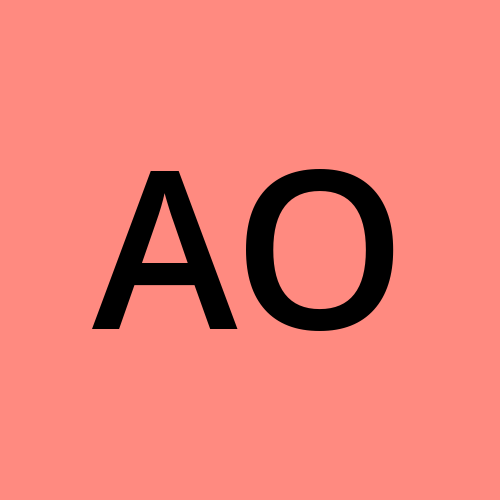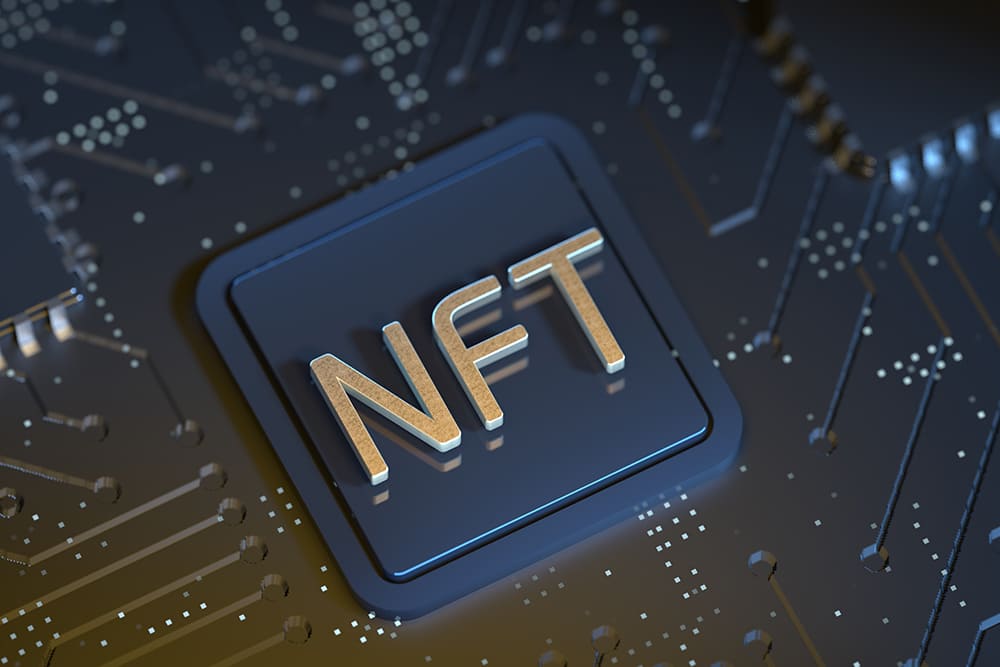ERC-721 Non-Fungible Token (NFT): A Game Changer (Explained)
 Adebara Olamide
Adebara Olamide
What is ERC-721(NFT) Standard
ERC-721, also known as the Non-Fungible Token (NFT) standard, is a widely adopted Ethereum token standard that defines a set of rules for creating unique tokens. Unlike fungible tokens, such as ERC-20 tokens, where each token is identical and interchangeable, ERC-721 tokens are unique and indivisible. Each ERC-721 token represents a distinct asset or piece of data, making them ideal for representing ownership of digital or physical assets like artwork, collectibles, real estate, in-game items, and more.
Here are the features:
Uniqueness: Each NFT is unique and cannot be replicated, making it ideal for representing one-of-a-kind digital items like art, collectibles, or virtual real estate.
Indivisibility: Unlike cryptocurrencies that can be divided into smaller units, NFTs are indivisible, meaning they cannot be divided into smaller denominations. Each NFT represents a whole unit.
Ownership Verification: NFTs utilize blockchain technology to provide immutable proof of ownership and provenance. This transparent and decentralized ledger ensures the authenticity and ownership history of each NFT.
Programmability: NFTs can incorporate smart contracts, allowing developers to embed specific functionalities and behaviors into the tokens. For example, royalties can be automatically distributed to creators whenever their NFT is resold.
Why ERC-721 Exists:
Before ERC-721, representing unique digital assets on the blockchain was a challenge. Existing tokens, like ERC-20, were designed for fungible assets like cryptocurrencies, where each unit is identical. This meant replicating unique items was impossible, hindering the potential of NFTs. ERC-721 emerged to address this gap, providing a standardized framework for creating and managing non-fungible tokens.
The Setbacks Before ERC-721 Came Into Existence
Before ERC-721, digital items faced big problems. They were hard to trade because each one was unique. It was tough to prove who owned what, and this made it hard to sell them. Also, there wasn't a good way to make sure they were real and not fake. This made it hard for digital items to become popular and valuable. People also worried about who really owned these items and if they were protected by laws. But when ERC-721 came along, it fixed these problems. It made it easy to create, own, and trade unique digital stuff on the Ethereum blockchain. This made digital items more valuable and easier to use.
The Improvements it Brought:
Verifiable ownership: Users can now definitively prove their ownership of digital assets, preventing fraud and unauthorized duplication.
Increased liquidity: NFTs can be easily traded on marketplaces, fostering a new economy for digital assets.
Empowering creators: Artists and creators can now monetize their work directly, bypassing traditional intermediaries.
Community building: NFTs can represent membership in communities, fostering stronger engagement and collaboration.
How to Create an ERC-721 (NFT) Smart Contract
To create an ERC-721 contract, you can use the OpenZeppelin library, which provides a standard implementation of the ERC-721 interface along with additional functionalities and security features. Below is an example of how you can develop an ERC-721 contract using OpenZeppelin:
// SPDX-License-Identifier: MIT
pragma solidity ^0.8.0;
import "@openzeppelin/contracts/token/ERC721/extensions/ERC721Enumerable.sol";
import "@openzeppelin/contracts/access/Ownable.sol";
contract HolamiteNFT is ERC721Enumerable, Ownable {
constructor() ERC721("HolamiteNFT", "HNFT") {}
function mint(address to, uint256 tokenId) public onlyOwner {
_safeMint(to, tokenId);
}
}
In this contract:
We import the
ERC721Enumerablecontract from OpenZeppelin, which implements the ERC-721 standard with additional enumeration functionalities.We import the
Ownablecontract from OpenZeppelin, which provides basic authorization control.We create a contract
MyNFTthat inherits fromERC721EnumerableandOwnable.In the constructor, we initialize the ERC-721 token with the name "MyNFT" and the symbol "MNFT".
We define a
mintfunction that allows the contract owner to mint new tokens and assign them to the specified address (to) with the specifiedtokenId.
To use this contract:
Deploy the contract to the Ethereum network.
Use the
mintfunction to create new tokens.
Make sure to install the OpenZeppelin library in your project using npm or yarn:
npm install @openzeppelin/contracts
OR:
yarn add @openzeppelin/contracts
Metadata and IPFS
To create an NFT, you will need to create a metadata for it. An NFT metadata is data that provides information about an NFT’s essential properties. It describes the NFT’s name, description, and other important details.
Before writing the NFT contract, you will need to host your artwork and create a metadata file. This can be done using IPFS (InterPlanetary File System), IPFS is a peer-to-peer file storage distributed system. NFT.Storage is a platform that allows you upload your files to IPFS.
Here is an example of what a metadata looks like:
{
"title": "Holamite NFT",
"description": "Holamite NFT is an integrated nft for people who recognized Holamite",
"image": "ipfs://bafkreihdaadndzu5jn6dvp3sumfxgskij4a3zzus5a7vkyq7i35vnnt24y"
}
After creating the metadata, upload the JSON file to NFT.Storage and use the IPFS generated to deploy your NFT to your wallet address.
After successful deploy, you can view your NFT on Opensea.
Here is my NFT listed on opensea NFT marketplace Check it out: https://testnets.opensea.io/assets/mumbai/0x52af3b946ed195b50f1fcbbf12a10ef7575aa71d/20
Why Should you understand this Concepts?
The NFT market is booming, and developers with expertise in ERC-721 tokens are in high demand. But understanding this standard goes beyond just riding a trend - it's a strategic investment in one's future.
This standard unlocks exciting projects in art, gaming, and beyond, making one a sought-after developer in a booming market. But the benefits go beyond opportunity: ERC-721 empowers one to tackle unique ownership challenges, build secure and transparent applications, and leverage the full potential of blockchain.
Don't just collect NFTs, create experiences!
Subscribe to my newsletter
Read articles from Adebara Olamide directly inside your inbox. Subscribe to the newsletter, and don't miss out.
Written by

Adebara Olamide
Adebara Olamide
Olamide is my name. I am a blockchain/Frontend developer with experience building smart contracts on both EVM (Solidity) and non-EVM compatible blockchains. 😄 Pronouns: He/Him. 📫 How to reach me on handles I'm a full-stack blockchain developer crafting the next generation of blockchain experiences with ReactJS and Solidity. I'm not just a developer; I'm a trailblazer, obsessed with pushing the boundaries of what's possible in this transformative space. I'm not just about code, I'm about impact. I've built smart contracts that shatter the status quo, empower users, and scale without compromise. My playground? EVM-compatible blockchains and L2 solutions, where I ensure trust, security, and groundbreaking performance into every line of code.